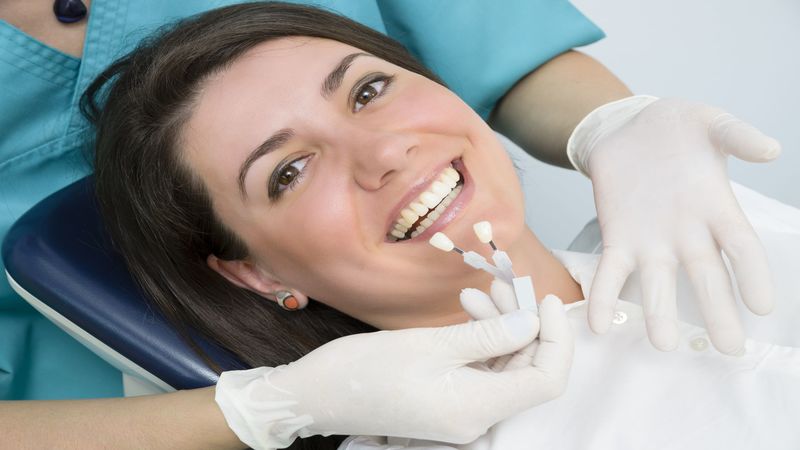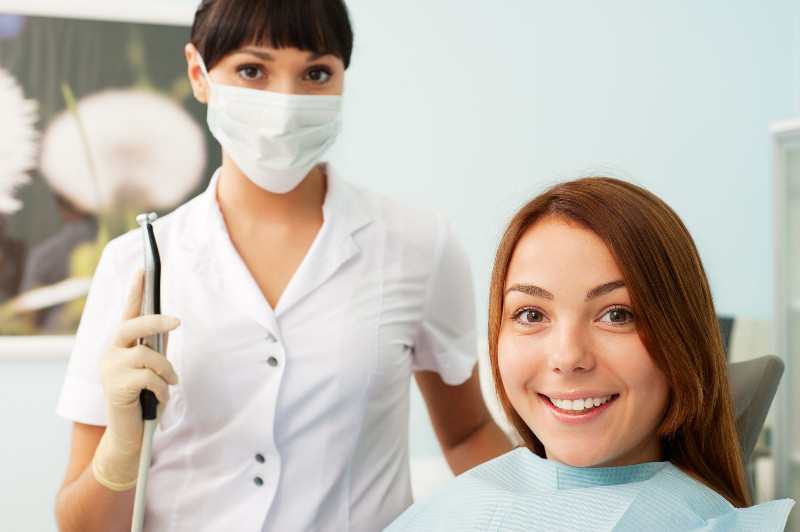When a person’s smile is so complicated that they hide from others, it can have a strong impact on his or her well-being and, therefore, their health. Teeth whitening in Arlington TX is a simple technique that makes teeth whiter thanks to the application of a hydrogen peroxide gel (or carbamide peroxide). To maintain the gel on the tooth for several hours in a row, it is applied using what is called a removable “tray” that is placed on the teeth.
Is whitening effective?
But is teeth whitening in Arlington TX effective and at what price? There are several ways to use whitening gels:
- Some are on sale in pharmacies and local stores, to be applied at home.
- Others are available in “smile bars” and applied in the dentist’s office.
- Then there are treatments provided by the dentist.
- Unlike OTC products, which are limited to products not exceeding 0.1% hydrogen peroxide, dentists have concentrated gels at 6%. This explains that only the treatments carried out in dental offices have real effectiveness over time.
Finally, it should be noted that, with the internet, products from the United States with high concentrations of hydrogen peroxide can be found on websites. Using these gels, without any prior consultation with a dentist, may trigger severe hypersensitivity and, therefore, pain. Also, the results may be disappointing because tooth whitening is not suitable for everyone.
Does regulation limit the percentage of hydrogen peroxide for whitening gels?
Yes, less than a decade ago, European and American regulations were changed to allow higher concentrations to be used by dentists only (OTC products can go no higher than 1%). This decision was made because this type of product is not medical, but aesthetic. As a result, it had to be safe and the limitation guaranteed security.
This type of product has been classified into two groups: cosmetic and medical. One is now designated as a cosmetic product and is reserved for external clarification on vital teeth. This is the treatment that is performed with gutters and limited to 1%.
The other, considered a medical procedure, allows dentists to use percentages greater than 1%, in the case of devitalized teeth. Check out Website for more information.


